Why you can trust TechRadar
As recently as 2012, picking up almost any budget 'smart' device was something of a risky proposition. At that point both the smartphone and tablet markets had yet to reach saturation, and targeting those consumers hanging warily onto feature phones was still a viable proposition.
This resulted in a slew of poor devices that compromised on specifications and failed to deliver any significant innovation. In particular, screens – that component by which modern devices live and die –were especially poor.
The tablet sector remained mostly stagnant until the introduction of the first Moto G, which brought 720p to the masses. Since that point, screens have improved consistently.
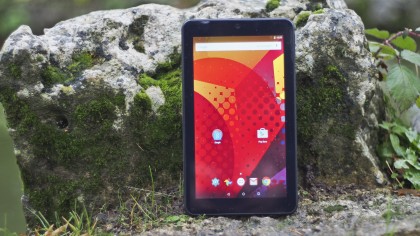
Against this, the Alba 7 is something of an exception. The sub-£50 price category in which it sits is still somewhat new, and what is deemed 'acceptable' at this price point is yet to be defined – although the target audience of first-time users tends to be fairly undemanding.
This means the screen technology of three years ago is being hauled out once more, and how the market responds will help decide how the evolution of devices in this price bracket progresses.
The Alba 7 is equipped with a 1024 x 600 IPS LCD screen, 1.9MP front and rear cameras, a 1.3GHz quad-core MediaTek mtk8127 processor and 1GB of RAM. Based on those specifications, my expectations for performance were not astronomical.
Geekbench 3 testing did little to raise my hopes. The device achieved a single-core score of 351, beating the Asus Nexus 7 (2012), which runs a Nvidia Tegra 3 processor, and managed a multi-core score of 1168, just beating the Moto G (2013), which runs a Qualcomm Snapdragon 400.
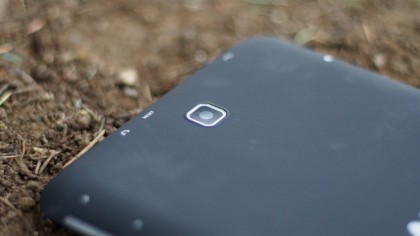
This slightly underwhelming performance was also evident in everyday use. Swiping through the operating system with several apps installed, and while the device was pulling in email, was generally a sluggish affair.
Using the Google keyboard was also frustrating, with the poor sensitivity of the screen combining with the laggy response times to make for a generally sluggish experience.
As for the screen, I found it to be quite underwhelming. At 1024 x 600 pixels and 160ppi, watching iPlayer was a generally OK experience, and certainly fine in a pinch. When reading fine text, however, letters displayed unpleasant jagged edges that, once noticed, could not be un-noticed.
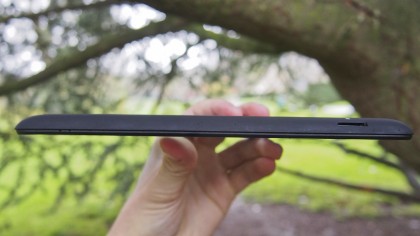
For those coming from the likes of a feature phone, or those for whom this is their first tablet, it likely won't be a problem; but for those used to a little more in the way of screen quality the Alba 7 leaves a lot to be desired.
The excessive pixellation is not the only problem with the display. I found that the panel on the Alba 7, despite being IPS, had very poor viewing angles, with colours turning milky at almost any angle. A very weak backlight and poor anti-glare efforts only serve to make things worse.
The software picture on the Alba 7 is somewhat better, with Argos thankfully resisting the intention to install a great deal of bloatware.
When setting up the device users are asked if they wish to install a few apps: the Argos app, Angry Birds and a few 'free games'. Declining these makes for a blessedly clean device upon first launch, stock Android almost always being preferable to manufacturer skins.
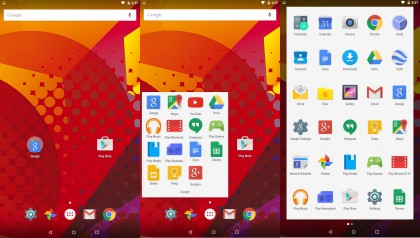
The only real customisation made by Argos is in the child-friendliness department. If the option to install Argos-approved apps is taken up, the user is given access to a full suite of user controls, giving parents a good deal of influence over their child's consumption habits.
Just 8GB of storage is included internally, but this can easily be supplemented with a microSD card.
Overall, for the price, the Alba 7 is adequate performer. For some tasks, such as checking email, it's perfectly sufficient, but if it's called on to do anything more demanding, significant levels of lag creep in.
Battery life
With more internal space than phones, tablets tend to pack a bigger battery, so even the worst tablets usually manage to outlast most handsets.
But not every tablet is equal in the battery stakes, and the Alba 7 is something of a mixed bag. With its dim low-resolution display and a less power-hungry processor than most, the potential to impress is there, but this promise isn't borne out in everyday use.
Over the course of a regular day – reading during a half-hour commute, browsing the web on Wi-Fi for about 20 minutes and watching a downloaded show on iPlayer, I generally found I had around 50% battery life left by the time I got home, and this dropped to around 20% by bedtime.
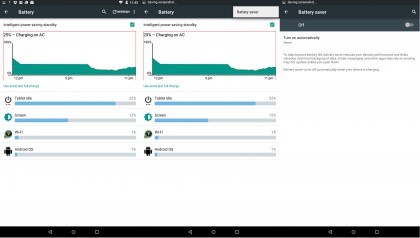
On other days, however, the battery could drop quite significantly when streaming a TV show, and without warning. Downloading a programme and watching it offline alleviated this somewhat, but better battery performance would be preferable.
Gaming is a huge drain on any tablet battery, and I didn't have especially high hopes for the Alba 7 in this regard. As I'd anticipated, the battery tends to plummet even during a quick session of Crossy Road – this isn't a device for those who like to play games for hours at a time.
For the average user this kind of battery performance is about acceptable, and it's certainly sufficient for kids gaming in the car or on a plane. However, older users who are new to 'smart' devices may be a little underwhelmed – using the device as an ereader, for example, caused battery life to drop significantly.
Current page: Performance and battery
Prev Page Introduction and features Next Page Camera, media and gamingSean is a Scottish technology journalist who's written for the likes of T3, Trusted Reviews, TechAdvisor and Expert Reviews.
